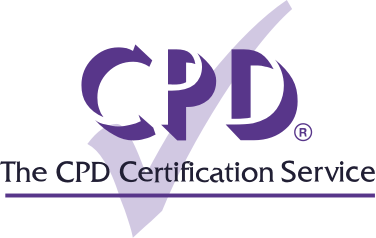This informal CPD article aims to provide a simple overview as to what is residential conveyancing, as well as provide a quick guide to CPD requirements for conveyancers and any information relating to CPD courses and webinars.
What is residential conveyancing?
Residential Conveyancing describes the process to either purchase or sell a house or residential property. It involves the steps taken to transfer the title and contract of a residential property from one party to another. The process is managed typically by either a property solicitor or conveyancers. The transfer of property can be complex at times with many points to consider throughout the conveyancing process, and so it is important for conveyancers to remain up to date with the various requirements needed to complete the process effectively.
The CLC - Council for Licensed Conveyancers
The conveyancing sector is regulated by the CLC, which stands for for the Council for Licensed Conveyancers. The CLC outline that their work is to ‘deliver effective regulation of specialist conveyancing and probate lawyers that protects consumers and fosters competition and innovation in the provision of legal services.’ The CLC set the entry standards within the market, and provide regulation in order to deliver high quality and accessible conveyancing legal services.
CPD requirements for Conveyancers
CPD, also known as Continuing Professional Development, is the ongoing learning and development process in which a conveyancer maintains and improves upon their workplace skills, knowledge and abilities in order to practice effectively.
As part of their CPD requirements, all conveyancers at the CLC are required to complete 12 hours of CPD per year as a conveyancing manager, and 6 hours of CPD per year as an employed conveyancing licence holder. Furthermore, if the lawyer at the CLC holds a conveyancing and probate licence they must comply with completing 16 hours of CPD per year as a manager, and 8 hours of CPD per year as an employed licence holder.
The CLC run their CPD year from 01 November through to 31 October, and all conveyancing licence holders are expected to keep an up to date record of their CPD training, which must be supplied to the CLC if requested. More information on the CLC can be found here.
Types of Conveyancing CPD
The different types of CPD is available across a range of subject matters. From formal training courses, eLearning, webinars, events and self-directed study. The CLC encourage conveyancers to think about what training and events in their daily activities that could be contributed towards annual CPD requirements hours. This can include in-house training, any learning sessions, as well as perhaps providing or receiving any form of conveyancing mentoring and coaching.
If you are looking for conveyancing CPD courses, webinars and events please visit our CPD Course Catalogue for more information that may be suitable for your Continuing Professional Development requirements.
Become a CPD accredited provider
We hope this article was helpful. Established in 1996, The CPD Certification Service has over 27 years’ experience providing CPD accreditation. With members in over 100 countries, our CPD providers benefit from the ability to promote themselves as part of an international community where quality is both recognised and assured.
If you are interested in offering training courses, seminars, workshops, eLearning, or educational events suitable for Continuing Professional Development, please visit the Become a CPD Provider page or contact our team to discuss in more detail. Alternatively, if you are looking for a free online CPD record tool to help manage, track and log your ongoing learning, as well as store your professional training records and attendance certificates in one simple place, go to the myCPD Portal page.













